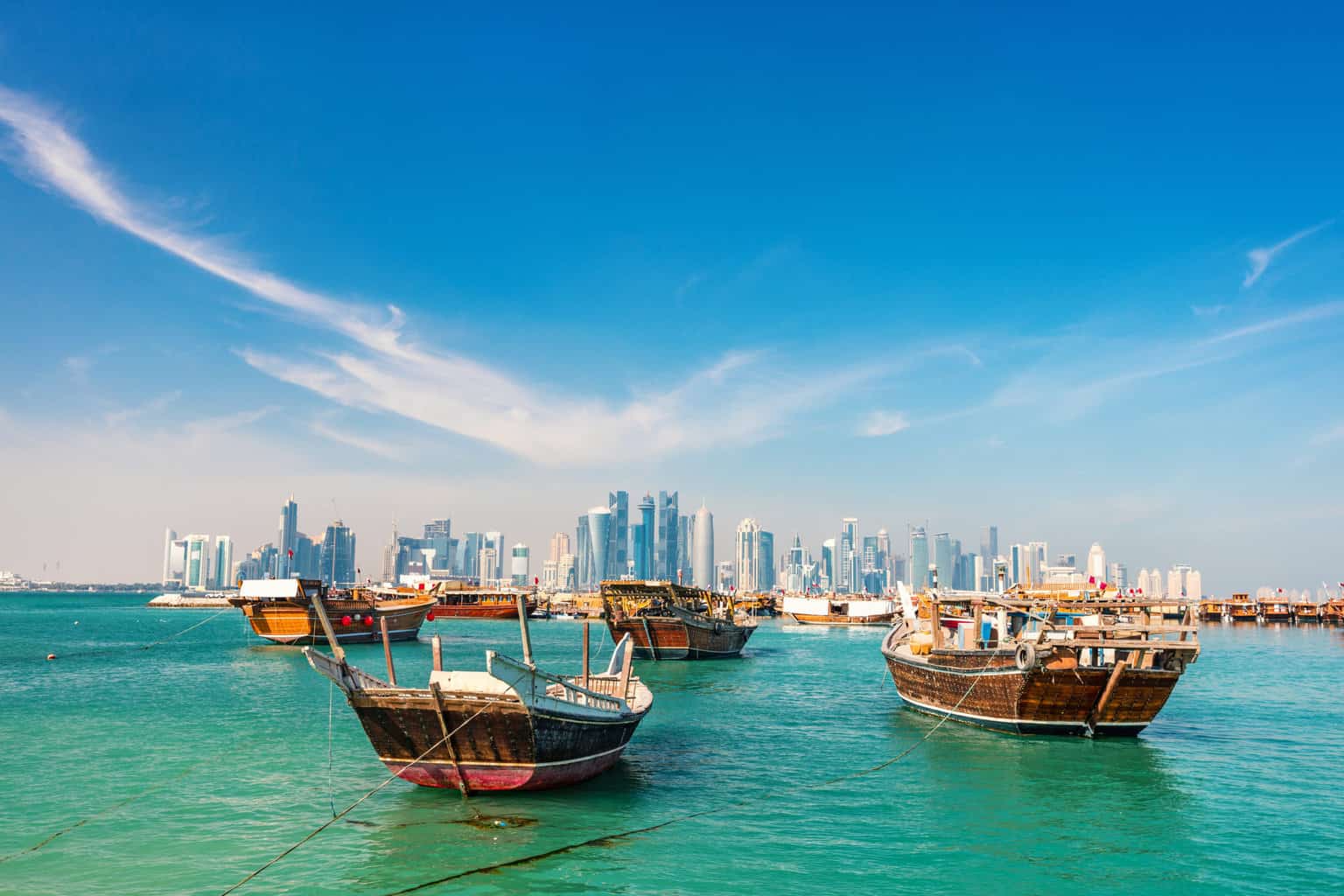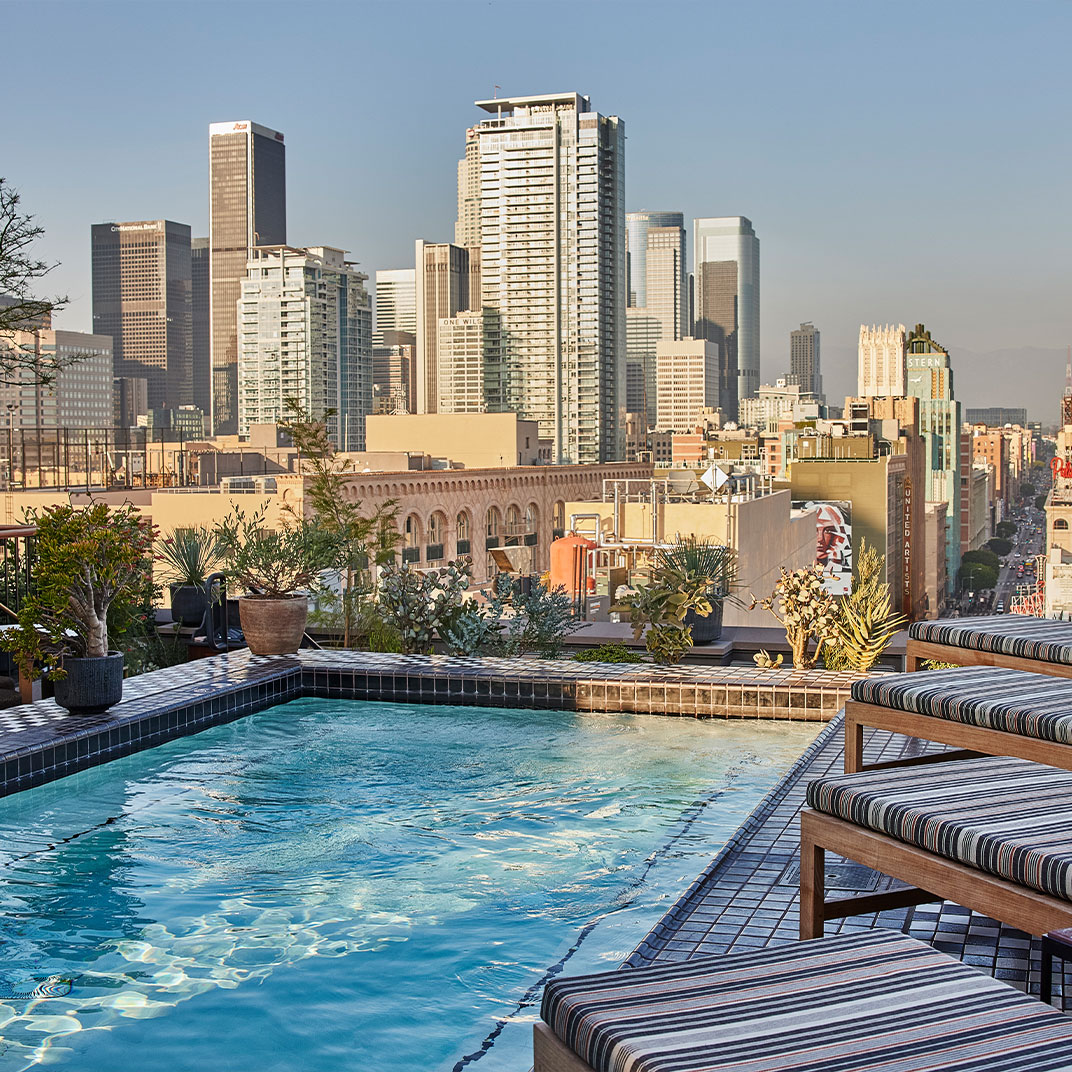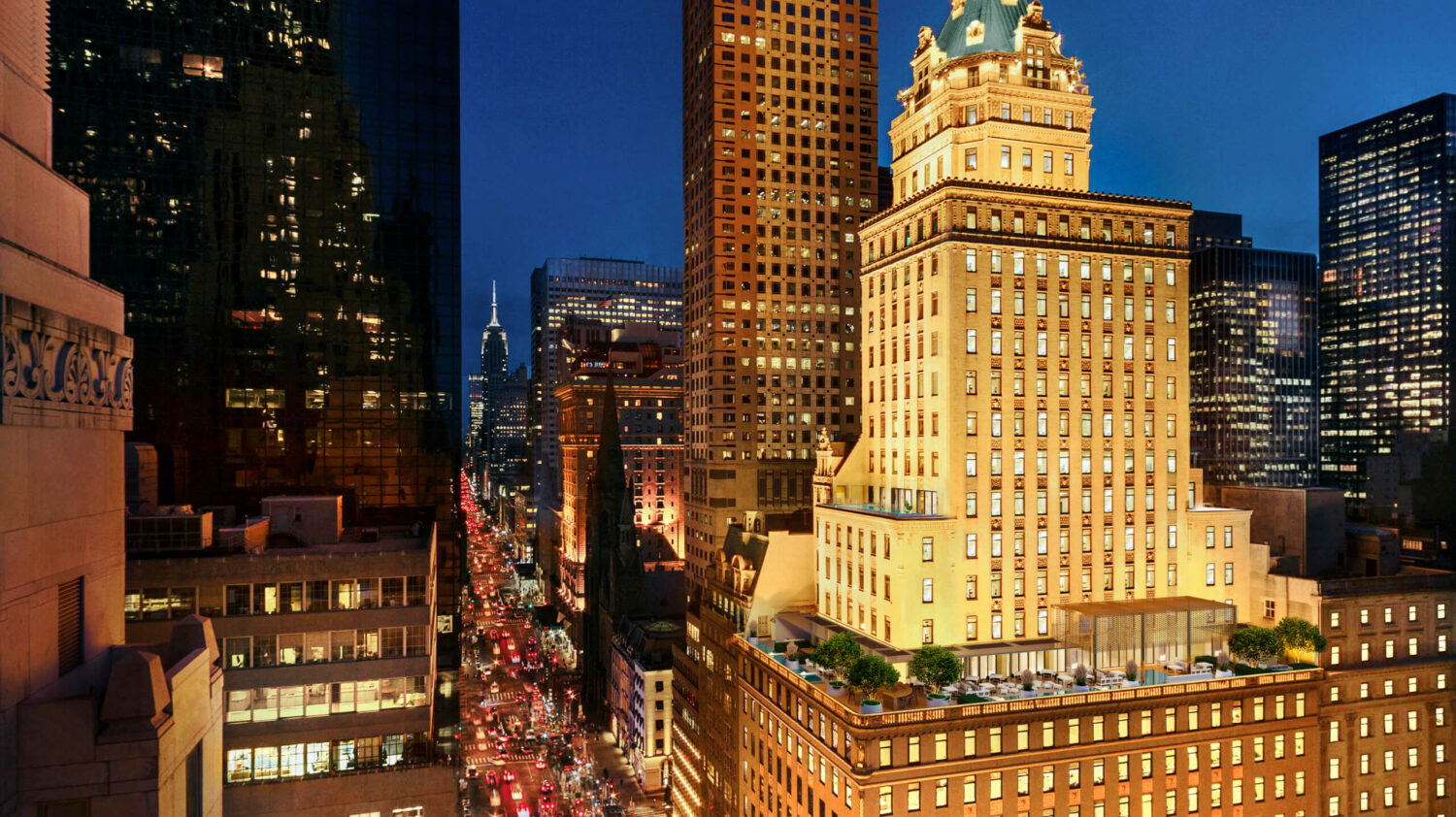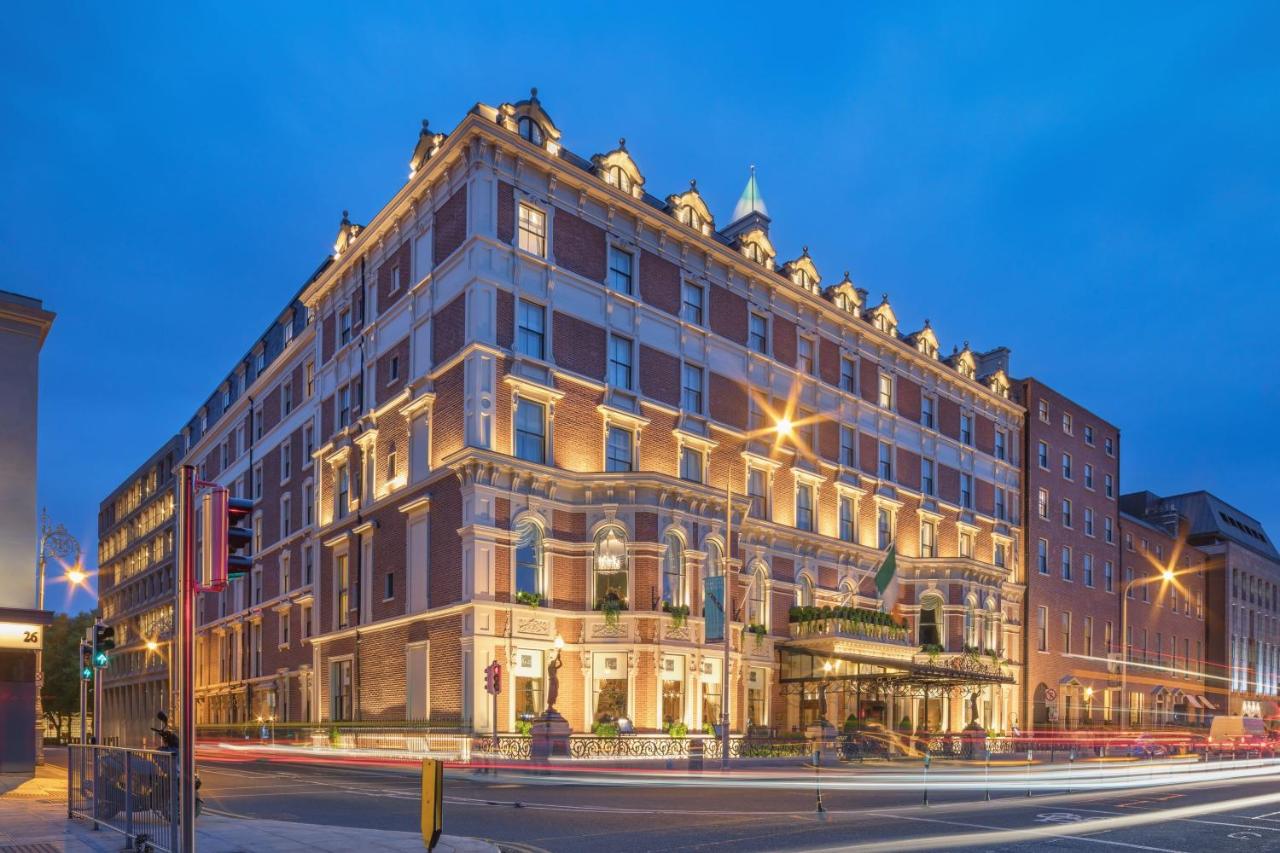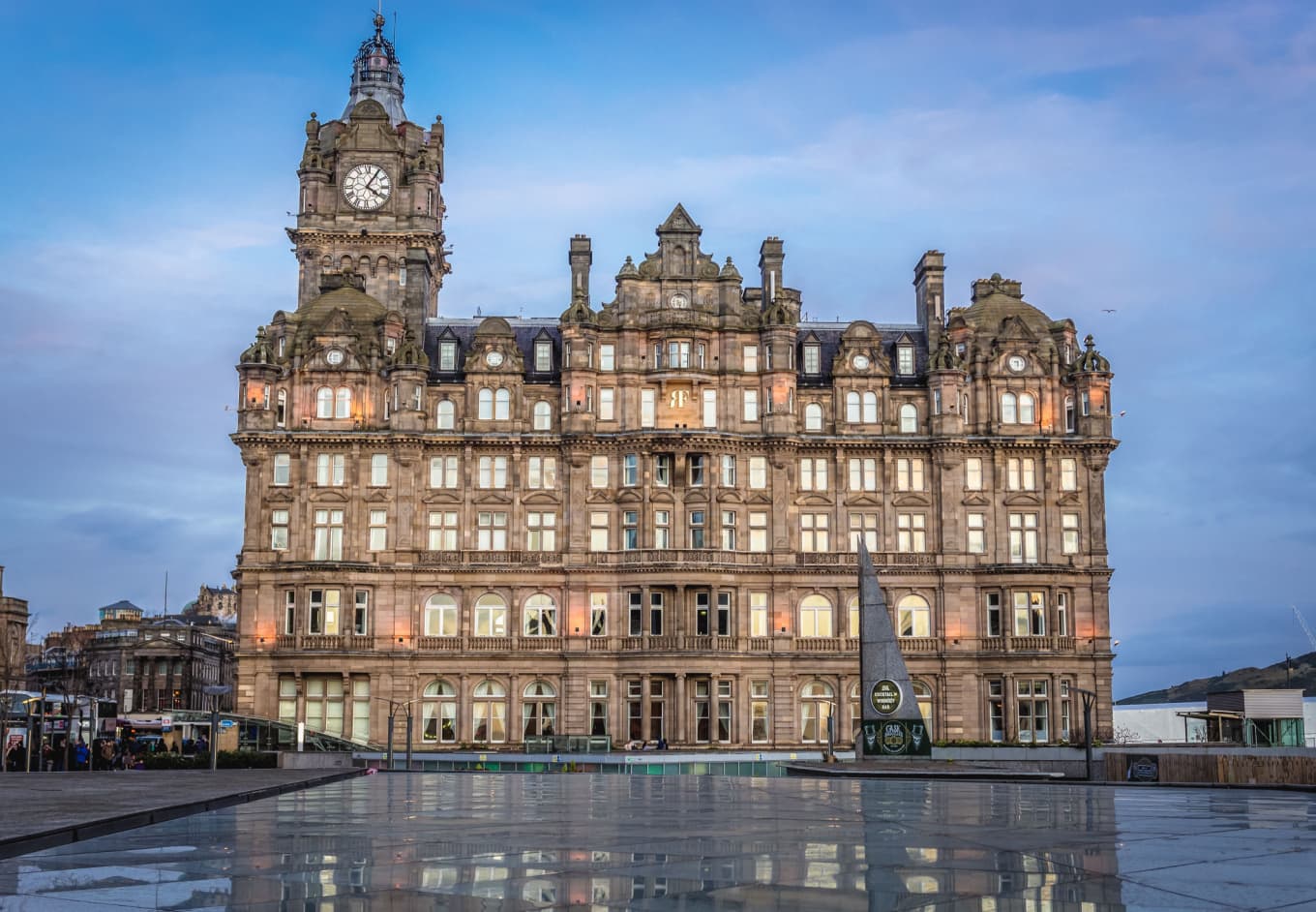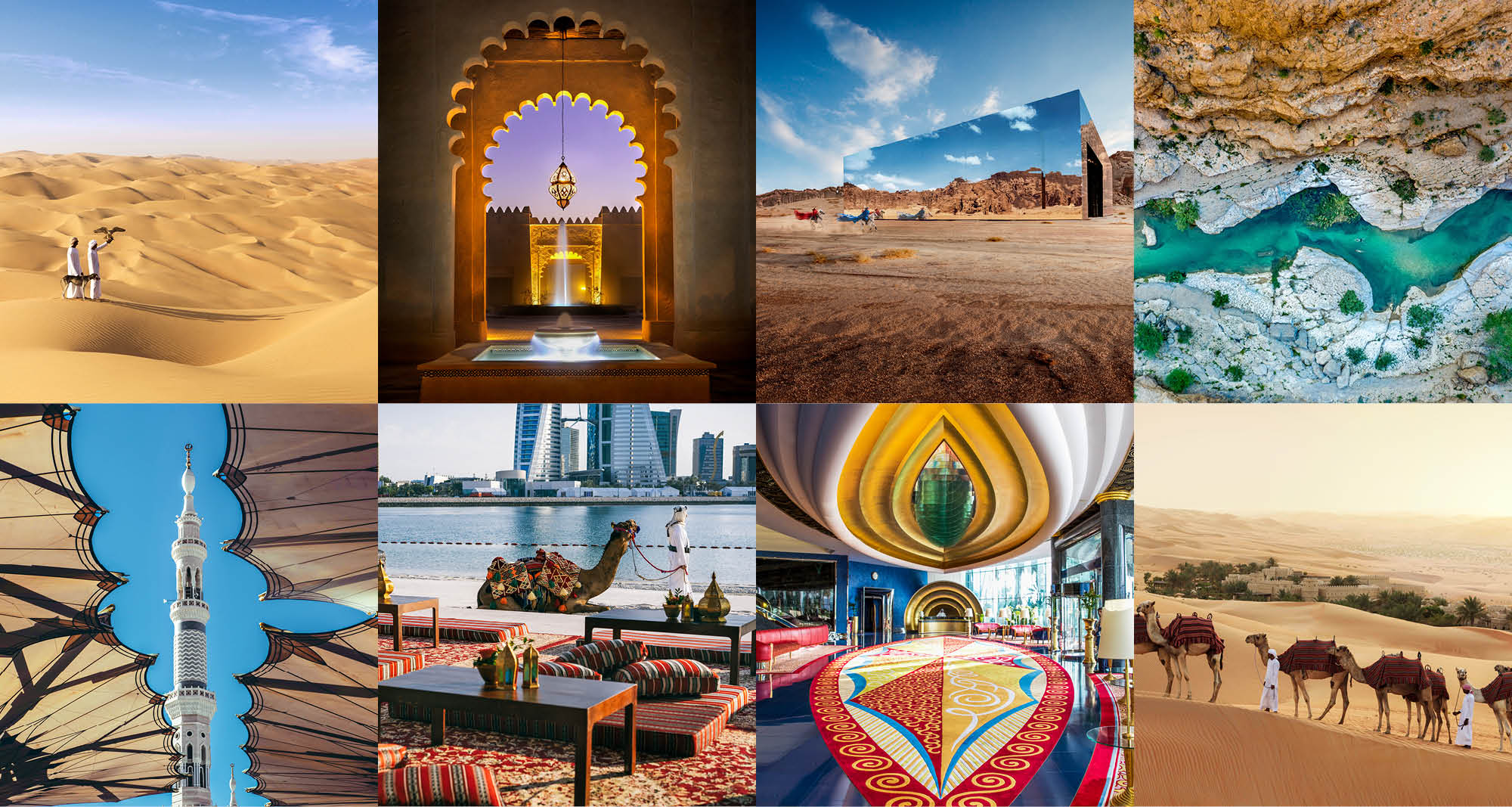
The Arabian Peninsula, a vast and enigmatic land of ancient trade routes, towering dunes, and a rich tapestry of history, beckons with its unique blend of tradition and modernity. From the glittering metropolises of the Gulf to the rugged landscapes of the south, this region offers an unforgettable journey for the discerning traveler. Prepare to be captivated by its architectural marvels, enchanted by its vibrant culture, and humbled by the sheer grandeur of its natural beauty.
A Glimpse into the Sands of Time: A Brief Historical Overview
The Arabian Peninsula has been a cradle of civilization for millennia. Its strategic location at the crossroads of Africa, Asia, and Europe fostered thriving trade networks, most notably the incense trade that brought wealth and cultural exchange to ancient kingdoms like Nabataea (home to Petra) and Saba (Sheba). The rise of Islam in the 7th century profoundly shaped the region, transforming Mecca and Medina into the holiest cities of Islam and radiating its influence across vast territories.
Related Articles about Jewels of the Sands: Unveiling the Best Destinations in the Arabian Peninsula:
- Unveiling the Rainbow Nation: Top Things to Do in South Africa
- Abu Dhabi: A Jewel of the Arabian Peninsula – Your Ultimate Travel Guide
- South America: A Continent Unveiled by Adventure
- Bangkok’s Crown Jewels: A Comprehensive Guide to the City’s Top Hotels and the Metropolis They Grace
- Cinque Terre: A Traveler’s Guide to the Jewel of the Ligurian Coast
For centuries, the peninsula was a mosaic of tribal confederations, sultanates, and emirates. The discovery of oil in the 20th century marked a seismic shift, propelling many of its nations into unprecedented economic growth and modernization. This transformation has led to the creation of futuristic cities, opulent resorts, and a dynamic cultural landscape that respects its heritage while embracing global influences.
Unveiling the Crown Jewels: Best Destinations
While the entire Arabian Peninsula is brimming with allure, several destinations stand out for their unique offerings:
1. Dubai, United Arab Emirates: The City of Dreams
Dubai is a testament to human ambition and a global hub of commerce, luxury, and innovation. Once a humble fishing village, it has transformed into a futuristic metropolis that consistently pushes the boundaries of what’s possible.
-
Main Attractions:
- Burj Khalifa: The world’s tallest building, offering breathtaking panoramic views of the city.
- The Dubai Mall: A retail paradise housing over 1,200 stores, an aquarium, an indoor theme park, and an ice rink.
- Palm Jumeirah: An iconic artificial archipelago shaped like a palm tree, featuring luxury hotels and residences.
- Dubai Fountain: The world’s largest choreographed fountain system, performing nightly shows against the backdrop of the Burj Khalifa.
- Old Dubai (Al Fahidi Historical Neighbourhood & Souks): Explore traditional wind-tower houses, art galleries, and the bustling Gold and Spice Souks for a glimpse into the city’s past.
- Desert Safari: Experience the magic of the desert with dune bashing, camel rides, and traditional Bedouin hospitality.
-
Travel Tips: Dress modestly when visiting religious sites and older parts of the city. Stay hydrated, especially during warmer months. Taxis and the Dubai Metro are efficient ways to get around.
-
Best Time to Visit: October to April, when temperatures are pleasant (20-30°C).
-
Nearby Hotels: The options are endless, from ultra-luxury (Burj Al Arab Jumeirah, Atlantis, The Palm) to mid-range and budget-friendly options in various neighborhoods.
-
Local Food: While Dubai is a melting pot of global cuisines, try authentic Emirati dishes like Machboos (spiced rice with meat), Luqaimat (sweet dumplings), and Harees (a savory porridge). Don’t miss the shawarma and falafel from local eateries.
-
Transportation: Dubai Metro, Taxis, Ride-sharing apps (Uber, Careem), and rental cars are readily available.
2. Abu Dhabi, United Arab Emirates: Culture and Grandeur
Abu Dhabi, the capital of the UAE, offers a more serene and culturally rich experience compared to its glitzy neighbor. It blends modern marvels with a deep respect for its heritage.
-
Main Attractions:
- Sheikh Zayed Grand Mosque: An architectural masterpiece and one of the world’s largest mosques, renowned for its intricate design and serene atmosphere.
- Louvre Abu Dhabi: A stunning museum showcasing art and artifacts from across civilizations, a collaboration with the iconic Parisian institution.
- Qasr Al Watan: The Presidential Palace, offering insights into the UAE’s governance, history, and cultural traditions.
- Yas Island: Home to Ferrari World, Yas Waterworld, and Warner Bros. World Abu Dhabi, offering thrilling entertainment for all ages.
- Mangrove National Park: Explore the lush mangrove forests by kayak or boat for a unique natural experience.
-
Travel Tips: Modest dress is essential for the Grand Mosque (shoulders and knees covered, women require a headscarf). Book tickets for attractions in advance, especially during peak season.
-
Best Time to Visit: October to April for pleasant weather.
-
Nearby Hotels: From opulent resorts on the Corniche (Emirates Palace Mandarin Oriental) to family-friendly hotels on Yas Island and business-oriented accommodations in the city center.
-
Local Food: Similar to Dubai, but explore traditional dishes like Thareed (a stew with bread) and explore the diverse culinary scene at various restaurants.
-
Transportation: Taxis, ride-sharing apps, and buses are common. Car rental is also an option for exploring at your own pace.
3. Muscat, Oman: Timeless Beauty and Authentic Charm
Muscat, the capital of Oman, is a city that effortlessly blends tradition with natural beauty. Its low-rise architecture, pristine beaches, and friendly locals create a captivating and authentic Arabian experience.
-
Main Attractions:
- Sultan Qaboos Grand Mosque: A breathtaking example of modern Islamic architecture, with intricate details and a serene ambiance.
- Mutrah Corniche & Souq: Stroll along the picturesque waterfront and explore the vibrant Mutrah Souq, renowned for its frankincense, silver, and textiles.
- Al Jalali and Al Mirani Forts: Historic forts guarding the Muscat harbor, offering a glimpse into Oman’s maritime past.
- Royal Opera House Muscat: An architectural gem hosting world-class performances.
- Bait Al Zubair Museum: Showcases Omani heritage, artifacts, and traditional crafts.
- Day trip to Wadi Shab or Bimmah Sinkhole: Natural wonders offering stunning scenery and opportunities for swimming.
-
Travel Tips: Oman is known for its conservative culture. Dress modestly, especially outside of tourist resorts. Alcohol is only permitted in licensed hotels.
-
Best Time to Visit: October to April for cooler temperatures. Summers can be very hot.
-
Nearby Hotels: The Grand Hyatt Muscat, The Chedi Muscat, and various boutique hotels offer comfortable stays.
-
Local Food: Try Shuwa (slow-cooked marinated lamb), Harees, and a variety of fresh seafood. Omani coffee (kahwa) is a must-try.
-
Transportation: Taxis are readily available. Renting a car is recommended for exploring the surrounding areas and wadis.
4. Petra, Jordan: The Rose-Red City
While technically on the fringes of the Arabian Peninsula, Petra is an essential inclusion for its unparalleled historical significance and breathtaking beauty. This ancient Nabataean city, carved into sandstone cliffs, is a UNESCO World Heritage Site and one of the New7Wonders of the World.
-
Main Attractions:
- The Siq: The narrow gorge leading to the Treasury, a dramatic and awe-inspiring entrance.
- Al-Khazneh (The Treasury): The iconic façade, intricately carved into the rock face.
- The Monastery (Ad-Deir): A monumental structure perched atop a mountain, offering stunning views.
- Royal Tombs: A series of impressive tombs carved into the cliffside.
- Roman Theater: A well-preserved ancient theater.
-
Travel Tips: Wear comfortable walking shoes as you’ll be doing a lot of walking. Carry plenty of water and sunscreen. Consider hiring a local guide to fully appreciate the history and significance of the site.
-
Best Time to Visit: March to May and September to November for pleasant temperatures. Summers are very hot.
-
Nearby Hotels: Wadi Musa, the town adjacent to Petra, offers a range of hotels from budget guesthouses to luxury resorts like Mövenpick Resort Petra.
-
Local Food: Sample traditional Jordanian dishes like Mansaf (lamb cooked in yogurt sauce with rice), Maqluba (upside-down rice and vegetable dish), and various mezze.
-
Transportation: Fly into Queen Alia International Airport (AMM) near Amman and then take a bus or private transfer to Petra (approximately 3-hour drive). Within Petra, walking is the primary mode of transport, with options for donkey and camel rides.
5. Riyadh, Saudi Arabia: The Heart of the Kingdom
Riyadh, the capital of Saudi Arabia, is a city undergoing rapid transformation, blending its rich Islamic heritage with ambitious development plans. It offers a glimpse into the heart of the Kingdom.
-
Main Attractions:
- Masmak Fortress: A historic clay and mud-brick fort that played a crucial role in the unification of Saudi Arabia.
- King Abdulaziz Historical Centre: Home to the National Museum and King Abdulaziz’s palace, offering insights into Saudi history and culture.
- Kingdom Centre Tower: A distinctive skyscraper with a sky bridge offering panoramic city views.
- Riyadh Zoo: A popular attraction for families.
- Diriyah: The historic birthplace of the first Saudi state, undergoing extensive restoration.
-
Travel Tips: Saudi Arabia is a conservative country. Dress modestly, covering shoulders and knees. Women will need to wear an abaya and headscarf when visiting public places. Alcohol is prohibited.
-
Best Time to Visit: October to March for cooler weather. Summers are extremely hot.
-
Nearby Hotels: Numerous international and local hotel chains are available, catering to various budgets.
-
Local Food: Try traditional Saudi dishes like Kabsa (spiced rice with meat), Jareesh (a wheat porridge), and Saleeg (a creamy rice dish).
-
Transportation: Taxis and ride-sharing apps are common. Car rental is also an option.
Beyond the Capitals: Emerging Gems
-
Salalah, Oman: Known as the "Pearl of the South," Salalah offers a unique monsoon season (Khareef) from June to September, transforming its landscape into lush green hills and waterfalls – a stark contrast to the typical desert.
-
Doha, Qatar: A rapidly developing city with impressive museums (Museum of Islamic Art), futuristic architecture, and a growing cultural scene.
Navigating the Sands: Transportation Options
Transportation within the Arabian Peninsula varies by country.
- Air Travel: Major cities are well-connected by international airports. Internal flights are common for longer distances within larger countries.
- Road Travel: Driving is a popular option, especially for exploring beyond cities. Car rental is widely available. Roads are generally well-maintained.
- Public Transport: Major cities have developing public transport systems (metros, buses). However, taxis and ride-sharing apps are often more convenient.
- Trains: Limited rail networks exist, with the Haramain High-speed Railway connecting Mecca and Medina in Saudi Arabia being a notable example.
A Culinary Journey: Flavors of the Peninsula
The cuisine of the Arabian Peninsula is a delightful fusion of Arabic, Persian, Indian, and African influences. Key ingredients include dates, lamb, rice, and fragrant spices like cardamom, saffron, and cumin.
- Must-Try Dishes:
- Mezze: A selection of small dishes like hummus, baba ghanoush, tabbouleh, and falafel.
- Grilled Meats: Lamb and chicken kebabs (shish taouk, kofta) are staples.
- Rice Dishes: Kabsa, Machboos, and Mandi are hearty and flavorful rice preparations.
- Sweets: Dates, baklava, and Kunafa (a cheese pastry) are popular.
- Beverages: Arabic coffee (gahwa) and mint tea are ubiquitous.
When to Embark on Your Arabian Adventure:
The best time to visit most destinations in the Arabian Peninsula is during the cooler months, from October to April. During this period, temperatures are pleasant for sightseeing and outdoor activities, typically ranging from 20-30°C (68-86°F).
The summer months (May to September) can be extremely hot, with temperatures often exceeding 40°C (104°F), especially in inland areas. However, coastal cities and islands with air-conditioned infrastructure can still be enjoyable. For Oman’s Dhofar region (Salalah), the Khareef season (June to September) is the ideal time to visit due to its lush greenery and cooler, misty weather.
In Conclusion:
The Arabian Peninsula is a region of profound contrasts, where ancient traditions gracefully coexist with dazzling modernity. Whether you’re drawn to the architectural marvels of Dubai, the cultural richness of Abu Dhabi, the timeless beauty of Muscat, the historical grandeur of Petra, or the evolving heart of Riyadh, this extraordinary land promises an unforgettable journey of discovery. Pack your sense of adventure, respect the local customs, and prepare to be utterly enchanted by the jewels of the sands.
